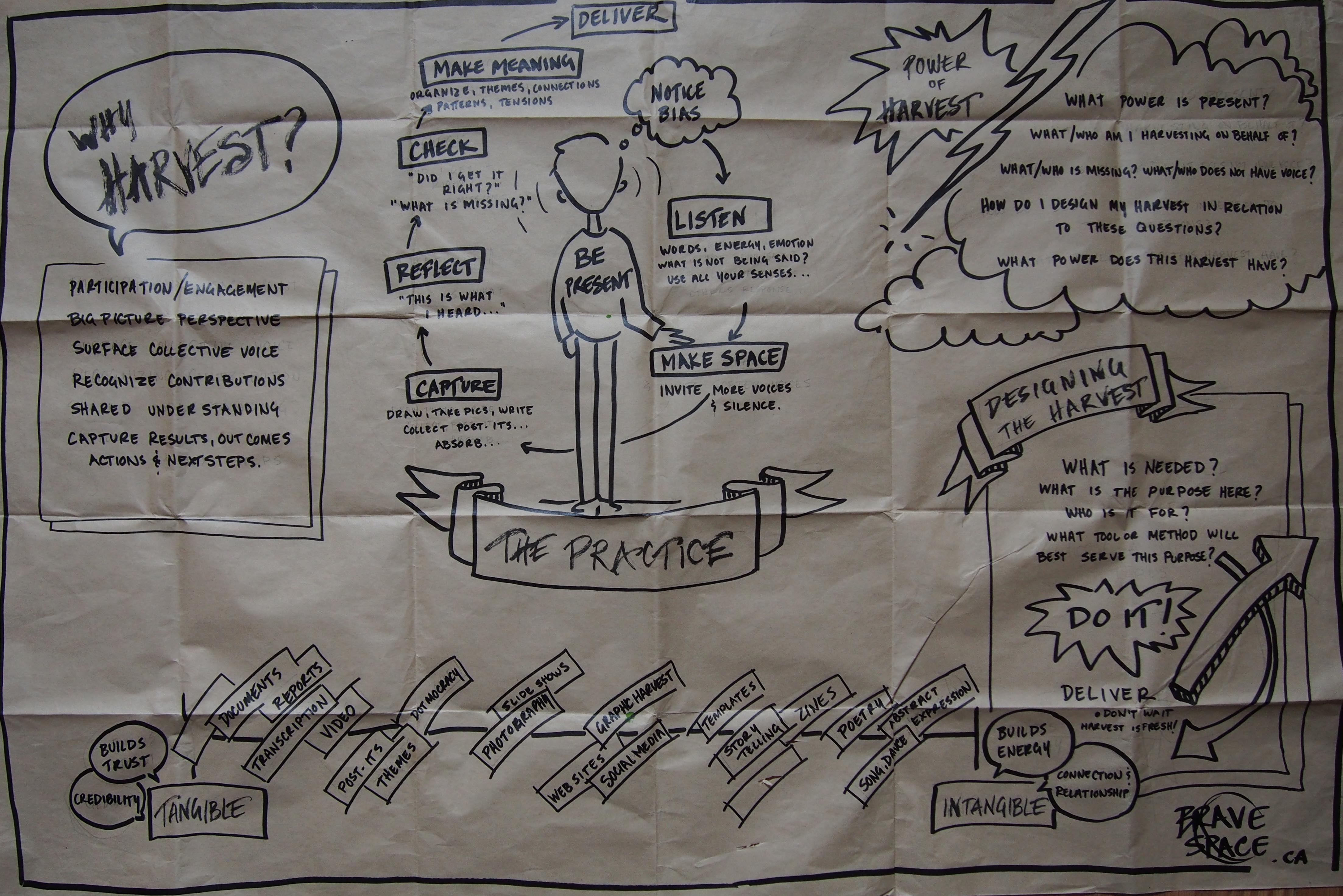I consider The Circle Way to be a lineage. Often formerly referenced as PeerSpirit, The Circle Way features the work of two of my most respected colleagues, friends, and yes, mentors — Christina Baldwin and Ann Linnea. Since the 90s they have been telling a new story that is a reclaiming of an old story, bringing the listening tradition that is circle into contemporary use in all forms of organizations. As one who seeks for the simple foundation that holds up varied architectures, The Circle Way remains ever important to me. It is the first domain in which I suggest people practice, whether to act on deeply held dreams or on improvements to highly complex challenges.
My relationship with The Circle Way began in 1999. It was then that I met Ann and Christina in the context of a global conversational leadership initiative through my work with The Berkana Institute. Together with Ann and Christina, and Bob Stilger of New Stories, and Margaret Wheatley of Berkana, we were all exploring new territory together, connecting what we referenced as life-affirming leaders — people who cared about who humans are and how we could be together differently in service to issues that we most cared about. From far-reaching challenges of global warming to simple day to day desires for better meetings. Those efforts seeded friendships and commitments for me that have remained as strong today, 15 years later, as they were then. Our varied work runs like rivers to the same sea.
One level of my current relationship with The Circle Way is serving as a board member for The Calling the Circle Foundation. In the last year we have put together several videos that feature this work. You can find all of them here on the Foundation website. And for convenience, a few listed here:
The Circle Way Legacy (5 minutes) — Shares some of the founding story of The Circle Way, the journey of Ann and Christina, and the movement to the perspective, “A Leader in Every Chair.” Features a few reflections from Amanda Fenton on the role of guardian, Brit Hanson on needed fearlessness, myself on inviting deeper space, and Kristie McLean on needed sages.
Components of the Circle — Key points from Christina, Ann, and Sarah McDougal.
Part 1 (5 minutes), as they reflect on steps of Inviting, Hosting, Creating a Center, Agreements, and a starting Check-in.
Part 2 (3 minutes), reflections on Intention, Principles, and Practices.
Part 3 (4 minutes), guidance on Forms of Council, Use of a Talking Piece, The Role of Guardian, The Role of Scribe, and Check-out.
Celebration of the Circle Way in North America (4 minutes) — Some of the domains in which The Circle Way is being used, the video features Lisa Grotowski with student exchanges, Nancy Fritsche Eagan working with middle managers in New York City’s Department of Probation, Melissa and Scott Bailey-Kirk’s work with a faith community congregational council, Bethany Hayes working with health care and hospitals, and Brit Hanson, bringing together young people across difference.
One way to stay in touch, and contribute to the world wide practitioners of The Circle Way is through the Calling the Circle Foundation Facebook page. Explore it and Like it here.


